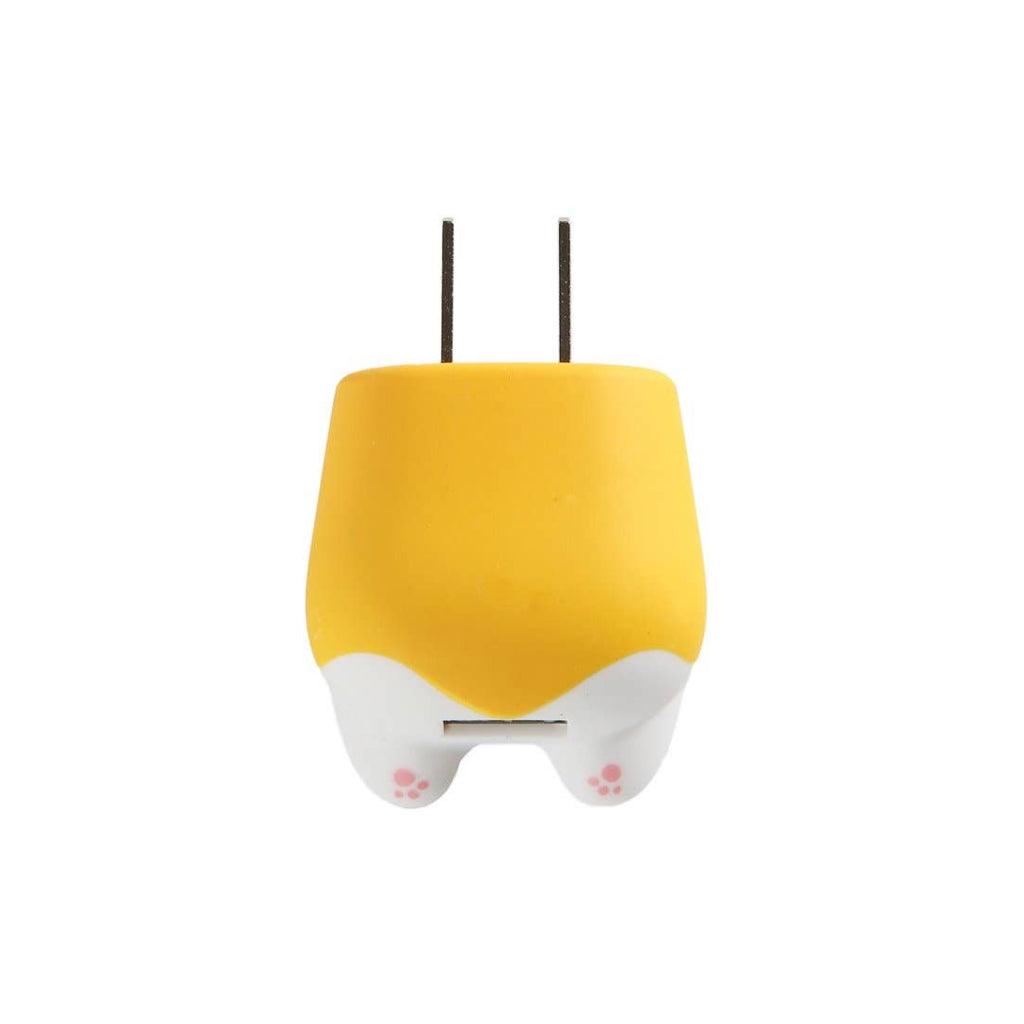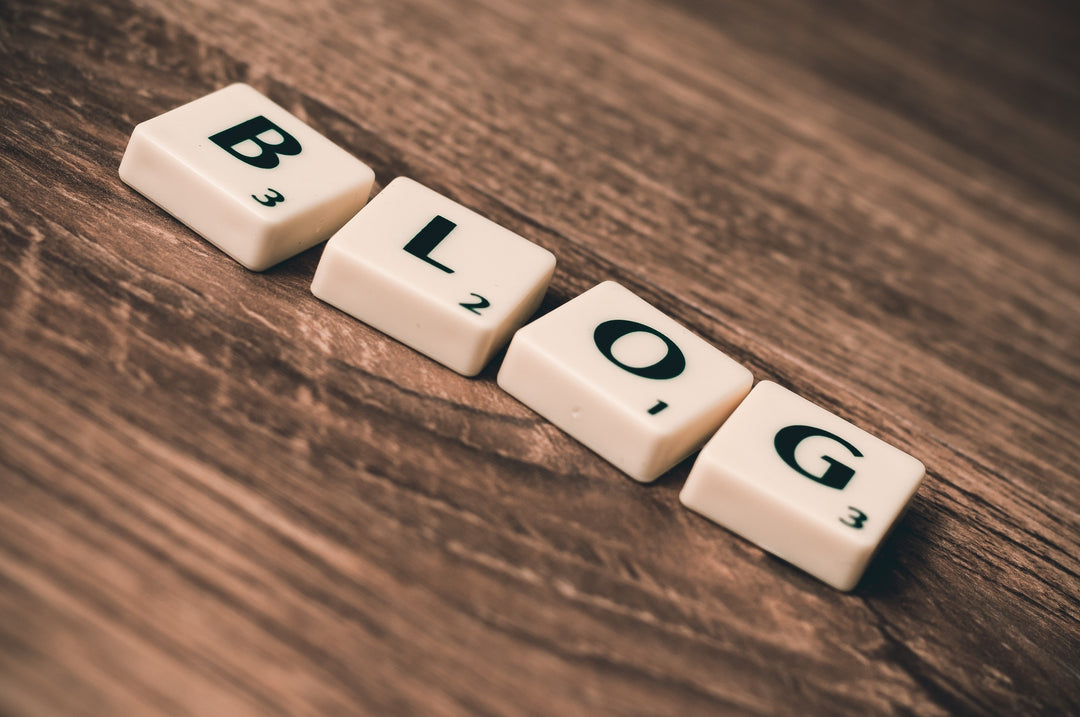Fingertip Pulse Oximeters: Your Health Aid for Vital Insights
Introduction:
Welcome to our comprehensive guide on fingertip pulse oximeters, the essential health aid that provides valuable insights into your oxygen saturation levels and pulse rate. Whether you're monitoring your health at home, during physical activities, or managing certain medical conditions, a fingertip pulse oximeter is a compact and convenient device that offers real-time data on your oxygen levels. In this article, we will explore everything you need to know about fingertip pulse oximeters, from their benefits and how they work to tips for choosing the right device and using it effectively. Let's dive in and discover how this powerful health aid can empower you to take control of your well-being.
Understanding Fingertip Pulse Oximeters:

Fingertip pulse oximeters are portable, non-invasive devices that measure your blood oxygen saturation (SpO2) levels and pulse rate. They are commonly used in medical settings but have become increasingly popular for home use. Here are some key features and benefits of fingertip pulse oximeters:-
Compact and Portable: Fingertip pulse oximeters are small, lightweight, and easy to carry. They can be conveniently used at home, during outdoor activities, or while traveling to monitor your health and ensure peace of mind.
-
Non-Invasive Measurements: These devices are designed to be non-invasive, meaning they don't require any needles or blood samples. The fingertip pulse oximeter simply clips onto your finger and uses light sensors to measure oxygen saturation and pulse rate.
-
Real-Time Data: Fingertip pulse oximeters provide instant and real-time data on your oxygen saturation levels and pulse rate. This information helps you monitor your respiratory function and overall health status.
-
User-Friendly Display: Most fingertip pulse oximeters feature a clear and easy-to-read display that shows your oxygen saturation percentage, pulse rate, and sometimes a plethysmograph waveform. This allows for quick interpretation of your vital signs.
How Fingertip Pulse Oximeters Work:
Fingertip pulse oximeters use a technology called pulse oximetry to measure oxygen saturation levels in your blood. Here's a simplified overview of how they work:-
Light Absorption: The fingertip pulse oximeter emits two different wavelengths of light, usually red and infrared, through the skin and blood vessels in your finger. Oxygenated blood and deoxygenated blood absorb light differently.
-
Light Sensors: The device has light sensors that detect the amount of light that passes through your finger. By comparing the differences in light absorption, the oximeter can determine the oxygen saturation levels in your blood.
-
Calculation: Based on the detected light absorption, the fingertip pulse oximeter calculates and displays your oxygen saturation percentage (SpO2) and pulse rate.
Benefits and Applications of Fingertip Pulse Oximeters:
Fingertip pulse oximeters offer a range of benefits and applications for individuals of all ages and health conditions. Here are some ways these devices can be beneficial:-
Monitoring Respiratory Health: Fingertip pulse oximeters are commonly used to monitor respiratory health, especially for individuals with chronic lung conditions such as asthma, chronic obstructive pulmonary disease (COPD), or COVID-19. They provide valuable insights into oxygen saturation levels, helping to detect early signs of hypoxemia or respiratory distress.
-
Fitness and Sports: Athletes and fitness enthusiasts can use fingertip pulse oximeters to monitor their oxygen levels during intense workouts or high-altitude activities. It helps optimize training, prevent overexertion, and ensure adequate oxygenation.
-
Sleep Apnea Management: Fingertip pulse oximeters can be useful for individuals with sleep apnea. By monitoring overnight oxygen saturation levels, they can provide additional data to evaluate the effectiveness of treatment and assess the severity of the condition.
-
Aviation and Mountain Climbing: Pilots and mountain climbers often use fingertip pulse oximeters to monitor their oxygen levels in high-altitude environments. It helps them ensure adequate oxygenation and make informed decisions regarding safety and performance.
Choosing the Right Fingertip Pulse Oximeter:
When selecting a fingertip pulse oximeter, consider the following factors to find the right device for your needs:-
Accuracy and Reliability: Look for an oximeter that provides accurate and reliable readings. Check if the device is FDA-approved or adheres to relevant industry standards.
-
Display and User-Friendliness: Opt for a fingertip pulse oximeter with a clear and easy-to-read display. Consider features such as adjustable brightness, plethysmograph waveform display, and intuitive controls.
-
Battery Life and Power Source: Consider the battery life of the device, as it determines how long you can use it before needing to replace or recharge the batteries. Additionally, check if the device uses standard batteries or is rechargeable.
-
Size and Portability: Choose a fingertip pulse oximeter that is compact and lightweight, making it easy to carry with you wherever you go. Look for a device that fits comfortably on your finger and is suitable for both adults and children.
-
Additional Features: Some fingertip pulse oximeters offer extra features, such as data storage, Bluetooth connectivity, smartphone apps, and alarm settings. Consider these features based on your specific requirements.
Using Fingertip Pulse Oximeters Effectively:
To ensure accurate readings and make the most of your fingertip pulse oximeter, follow these tips:-
Follow Instructions: Read and follow the manufacturer's instructions carefully to ensure proper usage of the device. This includes finger placement, device positioning, and any specific instructions for optimal accuracy.
-
Choose the Right Finger: Use your index finger or middle finger for measurements. Ensure that the finger is clean, dry, and free from nail polish or artificial nails that may interfere with light transmission.
-
Stay Still: Remain still during the measurement to avoid motion artifacts that can affect accuracy. Avoid talking or moving excessively while the device is in use.
-
Repeat Measurements: Take multiple measurements to ensure consistency and accuracy. Note any significant variations and consult with a healthcare professional if you have concerns.
-
Regular Maintenance: Clean the device according to the manufacturer's instructions to keep it in optimal condition. Replace batteries as needed and store the device in a cool and dry place when not in use.
Conclusion:
Fingertip pulse oximeters are valuable health aids that provide real-time insights into your oxygen saturation levels and pulse rate. With their compact design, non-invasive measurements, and user-friendly display, these devices empower individuals to monitor their respiratory health, optimize fitness activities, and ensure well-being in various contexts. By choosing a reliable and accurate fingertip pulse oximeter, you gain a powerful tool that enhances your health awareness and enables proactive self-care. Embrace the benefits of fingertip pulse oximeters and embark on a journey towards a healthier and more informed lifestyle.







